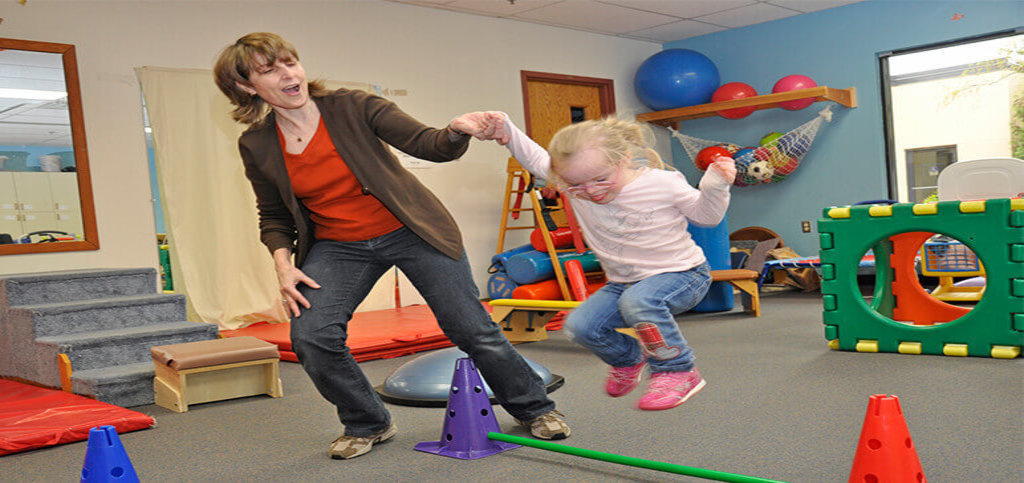Basic Principles Of The Neurodevelopmental Treatment

There are an estimated 15 million people with cerebral palsy around the world, more than half of whom are mentally retarded while one third has epilepsy. It seems unlikely that there ever will be a drug that will undo the results of the damage to nerve cells or the death of masses of them, therefore, the treatment of neurological disorders will always be in the hands of physiotherapists, occupational therapists and speech therapists. The aim of the treatment for children with disabilities due to brain damage is to prepare and guide them towards their greatest possible independence and to prepare them for as normal adolescences and adult lives as can be achieved. The concept of neuro-developmental treatment (NDT) was evolved empirically by Bertha Bobath and Karel Bobath. They tried to find its theoretical explanations. NDT is a holistic approach dealing with the quality of patterns of coordination and not only with the problems of individual muscle function. It involves the whole person, not only his sensory-motor problems but also problems of development, perceptual-cognitive impairment, emotional, social and functional problems of the daily life as well.
This treatment approach makes it possible for occupational and speech therapists each to play an important part in the team, as well as parent
participation in education and guidance. The characteristic syndromes of cerebral palsy are the result of abnormal sensory-motor development
and appear gradually. If we start to treat the child in the period when abnormal patterns of posture and movement are already fully
established and habitual, we can achieve only limited results and we
cannot avoid deformities and orthopaedic surgical interventions. Early NDT treatment is considered to be the treatment that starts at the age of
two to three months (corrected age), that is before anti-gravity voluntary
movements emerge and abnormal movement patterns begin to be
predominant. With early treatment we have the chance to integrate
active normal sensory-motor experiences before abnormal movement
patterns have become a habit. NDT is in practice a successful approach
but we should not think that we can cure a brain lesion or cerebral
palsy, or that we can change all cases to only “minimal” cerebral palsy...
read all the article here
Πρόσφατα Άρθρα
Splish, Splash, the Benefits of Water Play for Children
Independent Play can Boost Confidence, Creativity, and So Much More
